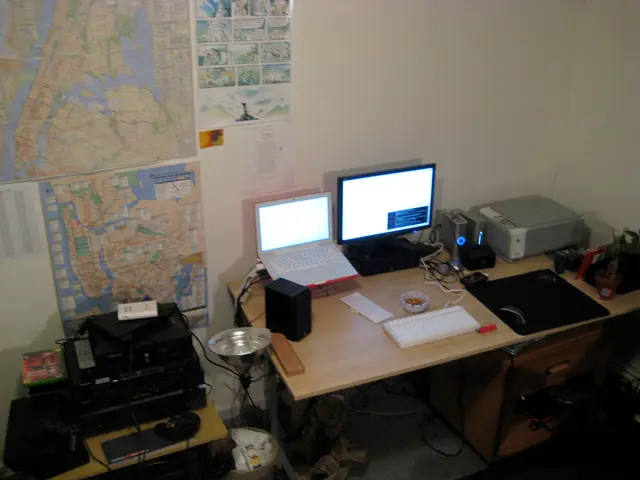New York’s prisons in chaos after mass guard strike leaves thousands isolated
New York’s prison system remains in turmoil months after a three-week guard strike in March. The walkout led to nearly 2,000 officer dismissals, leaving facilities understaffed and prisoners confined for extended periods. Conditions now vary sharply between prisons, with some operating normally while others enforce near-constant lockdowns.
The crisis began when corrections officers staged a mass strike, resulting in around 2,000 job losses. Since then, staff shortages have forced many prisons to cancel classes, jobs, and rehabilitation programmes. At Auburn Correctional Facility, prisoners spend nearly all day in their cells, allowed out for just one hour every other day—barely enough time for showers, commissary visits, or brief exercise.
Five Points Correctional Facility faces similar struggles, with most programmes suspended and prisoners locked down for long stretches. Even where education has resumed, prisoners must choose between attending college classes or missing other essential activities, like work assignments or hygiene time. Advocates took legal action in April, suing the Department of Corrections and Community Supervision (DOCCS) for failing to restore legally mandated out-of-cell time and programming.
DOCCS has downplayed the severity, insisting operations run smoothly for most prisoners. Yet the reality differs widely across facilities. Wende Correctional Facility, for example, has nearly returned to normal, granting prisoners seven hours a day outside their cells with full access to programmes and services. Meanwhile, other prisons remain in a state of effective lockdown, with minimal movement or activities.
The strike’s aftermath has created a patchwork system where some prisoners regain routines while others endure prolonged isolation. With no clear timeline for recovery, the disparities between prisons highlight ongoing challenges in New York’s corrections system. Staffing shortages continue to dictate conditions, leaving thousands of prisoners with severely restricted access to basic services and rehabilitation.
Read also:
- Executive from significant German automobile corporation advocates for a truthful assessment of transition toward electric vehicles
- United Kingdom Christians Voice Opposition to Assisted Dying Legislation
- Democrats are subtly dismantling the Affordable Care Act. Here's the breakdown
- Financial Aid Initiatives for Ukraine Through ERA Loans







